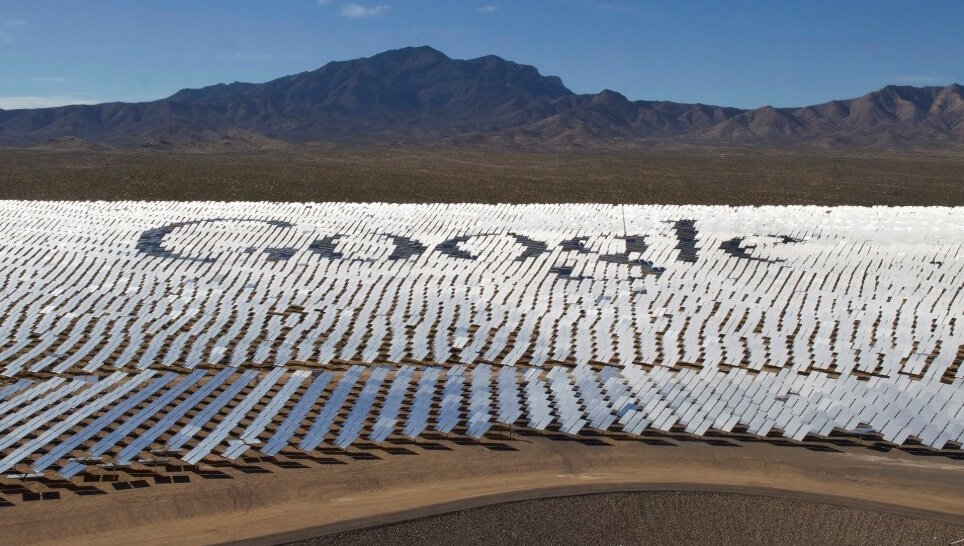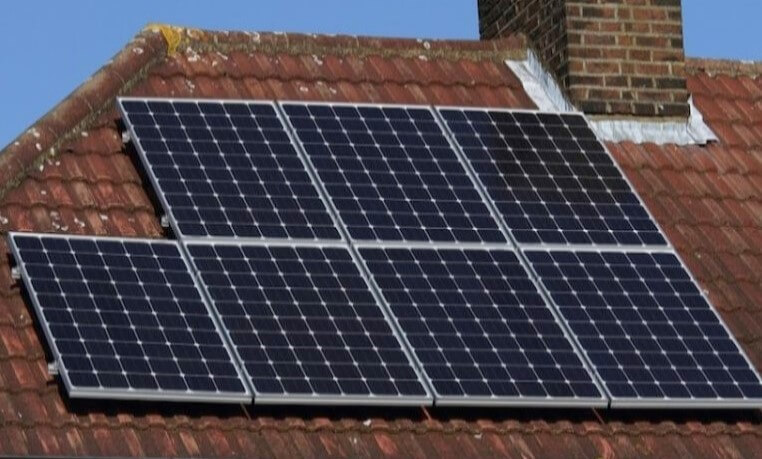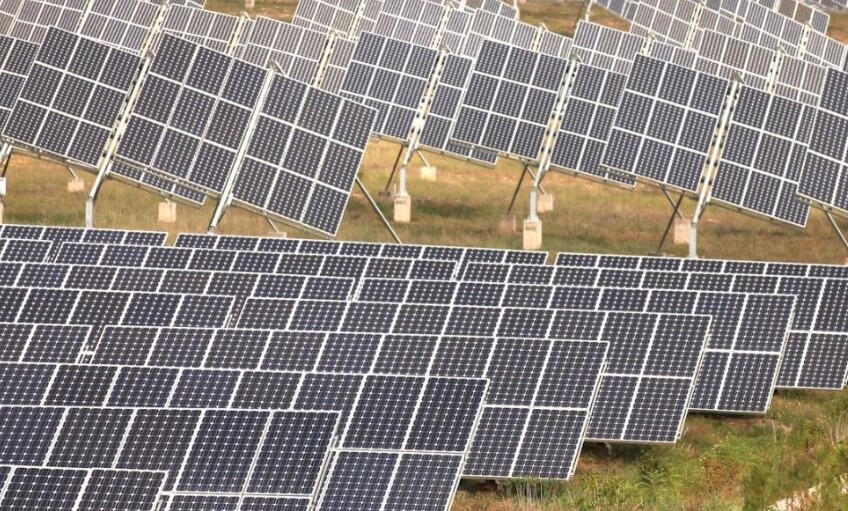Traditional Energy Sources
Energy resources have been a cause for concern for governments for several decades. From the OPEC oil crisis of the 1970s which led to the three-day-week in the UK to the current rise in oil costs today, traditional energy sources have issues far beyond their carbon footprint. Oil exporting countries have reduced resources to sell to other countries due to their own internal stability, including Nigeria, Venezuela and the Persian Gulf. Similarly, transportation of natural gas has also been disrupted and supplies cut short. Whilst coal, tar sands, and oil shale remain as energy sources in plentiful supply, the carbon dioxide they and other fossil fuels production is causing the planet to heat up.

Fossil fuels usage
Formed far undergrown over millions of years, coal, oil, natural gas, and other fossil fuels have been meeting most of the world’s current energy needs for decades. Despite the fact that they are strictly regulated, oils like petrol and kerosene are still critical for transport. Historically, the most common fuel sources for heating and industrial power generation have been natural gas and coal. Whilst fossil fuels have their drawbacks, and they still continue to be an important energy resource across most parts of the world.
UK Coral production
Coal has been exploited in the UK for centuries, initially on a small scale for heating and then in the nineteenth century, it increased significantly due to technological developments that needed coal as an energy source, particularly in the making of cast-iron as well as for providing power for steam engines during the industrial revolution. The need for coal rose again when the railway network grew in the Victorian era. Coal was also used to provide both heating and lighting from coal gas around the turn of the twentieth century.
The most coal (by weight) ever produced in Britain was in 1913. The industry then went into decline, leading to the general strike of 1926, nationalisation in 1946 and later privatisation, but production continued to decline throughout the entire twentieth century. The UK now produces less coal than it did before the railways were built and whilst there may be enough coal to last hundreds of years if production has to increase to fill the gap left through depleted oil and gas reserves, the currently known coal deposits could finish in 2088.
UK Oil Production
It was the First Lord of the Admiralty, Winston Churchill, who wanted the Royal Navy to move from using coal to oil, to reduce weight, and increase speed, power, and efficiency of the country’s fleet in war. It was 1911, and the UK had no known oil fields, so the government acquired 51 percent of Anglo-Persian stock on a 20-year supply contract. Around this time, internal combustion engines powered by petrol dominated the automobile technologies which confirmed the transition to oil for transport fuel. Over the next half a century, the production of coal fell by 50 percent as imports of petroleum grew in the 1950s and 60s.
The first UK oil fields in the North Sea were discovered in the late 1960s, with production beginning in the mid-1970s. The UK produced a surplus and was able to export between 1980 and 2005 when oil was relatively cheap in comparison to prices today, but production dropped after the Piper Alpha disaster in July 1988 which killed 167 people. There was a final peak in production in 1999, but within a decade the production rate had fallen by 50 percent
Around the beginning of the 21st century, the UK was forced to import more and more energy. Forecasts for this millennium have proven to be accurate in showing the country increasingly dependent on imported energy at a time of rising and volatile prices over the years. There will still be gas and coal in the UK when the oil runs out in 2052, but if gas production increases to fill in the energy gap left by oil, those reserves will last just eight additional years, to 2060.
The future of fossil fuels
In Britain in 2018, the capacity of renewable energy overtook that of fossil fuels for the first time in the third quarter of the year. The capacity of wind, solar, biomass and hydropower energy sources reached 41.9 gigawatts, which was more than the 41.2GW capacity of coal, gas and oil-fired power plants in the same period. This has been a major milestone on the journey, but this figure was related only to capacity, fossil fuels still created the most power, providing 40 percent of the electricity generated versus 28 percent from wind, solar and biomass in particular.
In 2019 the UK government is still offering subsidies to fossil fuel industries and in January 2019, Barclays Bank announced stricter standards for investments, but said in a statement that it would not pull out of coal, oil, and gas altogether, adding they expect a “significant shift away from carbon-based fuel consumption […] however, oil and gas are expected to continue to be the main source of energy for decades to come”
Campaigners are calling for people to switch to green energy and boycott energy companies that do not offer this option, to fight climate change and send a message to governments and energy companies that fossil fuels are no longer wanted.






